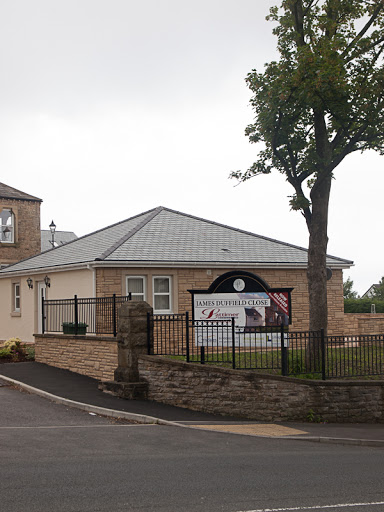War Primer is a collection of images of war, coupled with short pieces of poetry, written and assembled by Bertholt Brecht and published in 1955. It has been wiely analysed as a Marxist critique of warfare, and as an example of the use of captions to provide additional layers of meaning to images.
However, my primary interaction with it is through a paper by Long, in Poetics Today. Long bases much of his analysis on an idea called "interpellation" ...the manner in which the image and text work on the viewer. His easy to understand description of interpellation is the example of someone (the Subject) calling 'Hey You!' When you realise that they are referring to you, and you respond accordingly - ie you become their subject - then you have been interpellated by the Subject.
Long also notes that there is a lot more to the book than just the imags and their asociated captions, and examines ways in which the end-notes, and even the text on the cover, all serve to layer additional meaning onto the content. He describes this as 'paratextual material', presumably because it is text that runs paralell to the main body of the work.
If I use his basic analysis to look at my own work, I can see that Assignment 3 consists of a series of images, a series of handwritten texts, a series of sketches and drawings, an end-note with the references, a cover with some basic information and an artefact and supporting text.
Each if these can be analysed individually, or in combination with the other to add layers of meaning to the work. So, for example, I have chosen to hand-write the text, and the additional sketch material. This was a concious decision, to enhance the impression of working notes, but it is also indexical to me as the author of the work - perhaps emphasising its authenticity - which adds an additional level to the idea I was investigating, namely the use of differently sourced and authentic material to generate a fiction.
The artefact can be seen in a similar light. It is indexical to the location - it is perhaps, also symbolic of an archaeological link, as is the reference text by Heyerdahl.
The cover too can help with the reading. The plain cover and the reusable post binding all lend to the impression of a working archive rather than a necessarily complete production.
We can apply the same sort of analysis to my 5th assignment. This consists of a set of photos, but the only texts are the editorial introduction, and the title and date on the cover. In truth this is a much more sparse set of texts - I am relying on the format to provide the idea of a journal/magazine. The editorial conveys the intent and is, I hope supported in that by the title text.
I'm not quite sure where all this is taking me except to observe that reading Long has really pressed home the importance of considering all aspects of presentation. It's one thing to think..."Of course presentation matters, no-one wants to provide messy work" and another entirely to think "If I include the artist's statement as part of the work, how does that impact the reading of that work compared with providing it separately."
Something else to take with me to Level 3.
Reference
Long, JJ; Poetics Today; 29:1 (Spring 2008)







